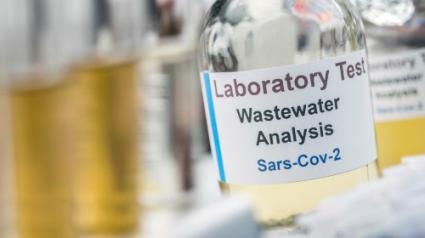Wastewater data provides hope omicron fading in parts of Minnesota
University of Minnesota Medical School ongoing research, in partnership with the Minnesota Department of Health, shows a predicted decline of the omicron variant surge for COVID-19 in the Twin Cities metro area within the next two weeks.
That prediction is based on data from 13 metro plants surveyed. However, surveillance in most other regions of the state show sustained evidence of continued viral spread.
Based on its statewide wastewater surveillance data, the prevalence of disease is predicted to decline significantly in the Twin Cities metro region. The only decline in greater Minnesota was found in the south central part of the state, involving samples from five plants.
“We’ve learned that wastewater gives us a two week heads up about COVID prevalence in communities statewide,” said Dr. Tim Schacker, the vice dean for research at the UM Medical School. “Working with the Minnesota Department of Health, we now have a statewide network of 44 wastewater treatment plants regularly testing for evidence of COVID, meaning we can share potential coming spikes in cases to let local communities prepare.”
The University began studying wastewater in April 2020 as a research project led by faculty at the UM Medical School on the Duluth campus. The work has proven to be an important surveillance tool that can serve the state beyond COVID-19.
In published research in 2021, UM researchers illustrated that viral detection starts to increase in wastewater approximately two weeks before clinical cases show up in hospitals and clinics.
In the university’s ongoing work, researchers have reliably predicted changes in community-based incidence, which provided a helpful public health tool for those cities or towns with large numbers of people residing in congregant care. For those areas that are home to large senior facilities or factories that employ hundreds, knowing an increase in cases is coming can provide an early indicator that extra precautions should be taken.
The research team plans to continue working with MDH and to expand the virus detection in wastewater to include other important pathogens like influenza, HIV, or even to track spread of antibiotic resistant bacteria.
WTIP’s CJ Heithoff spoke with Schacker about the ongoing research and recent findings related to this topic. Audio below.
Tweet







